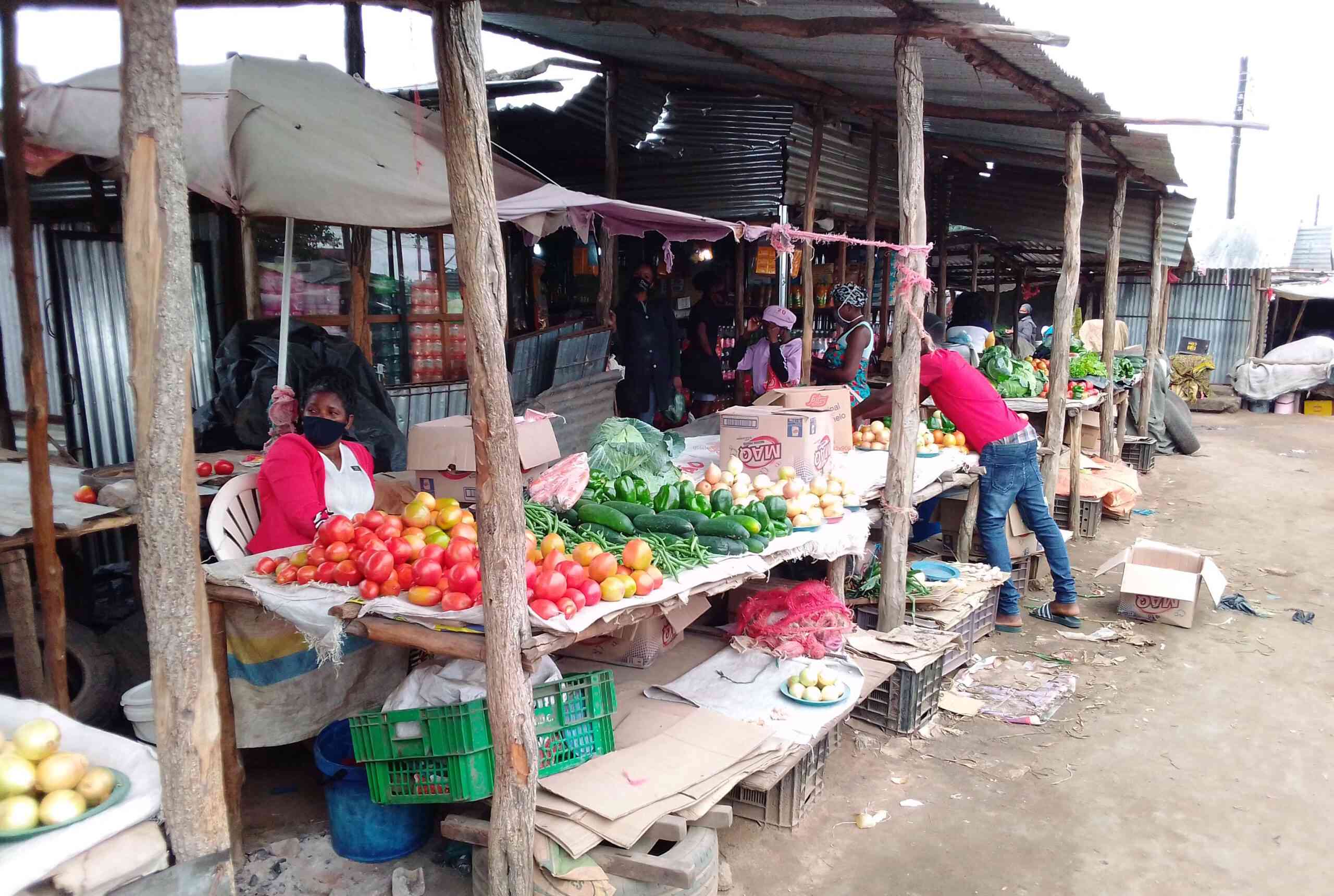
BY MTHANDAZO NYONI
ZIMBABWE’S trade deficit, which represents an outflow of domestic currency to foreign markets, narrowed by 66% to US$670 million between February and September this year compared to the same period last year, new data reveals.
Figures released by the Zimbabwe Statistics Agency (ZimStat) show that between February and September, the country imported goods and services worth US$3,2 billion against exports of US$2,5 billion.
Trade figures for January 2018 are still not available because the Zimbabwe Revenue Authority, which is the source of merchandise trade data, has not produced them, according to ZimStat.
In the same period last year, imports stood at US$4,7 billion and exports at US$2,8 billion, giving a trade deficit of US$1,97 billion.
Exports dropped by 8% on the prior year figures, while imports fell by 32%.
Analysts have attributed the decline in the import bill to foreign currency shortages as well as a drop in the budget deficit.
In his monetary policy statement released last month, central bank governor John Mangudya attributed import compression to expenditure-switching effects of the introduction of the exchange rate.
- Chamisa under fire over US$120K donation
- Mavhunga puts DeMbare into Chibuku quarterfinals
- Pension funds bet on Cabora Bassa oilfields
- Councils defy govt fire tender directive
Keep Reading
In the period under review, all import drivers like electricity, fuel and soyabeans recorded a drop.
For instance, the electricity bill dropped by 62% to US$53 million, diesel by 13% to US$627 million, petrol by 24% to US$268 million, while soyabeans fell by 46% to US$49 million. Major foreign currency earners like gold, tobacco, nickel mattes and ferrochromium also dropped. Only nickel ores and diamond recorded an increase.
Tobacco tumbled by 20% to US$257 million, gold fell by 23% to US$733 million, nickel by 40% to US$234 million and ferrochromium contracted by 18% to US$151 million.
Buy Zimbabwe said the country’s export market was limited due to the fact that most minerals and commodities are in raw state.
“For Zimbabwean products to be internationally competitive, industries should now focus on exporting finished products rather than primary and semi-processed commodities,” it said.
According to the Economic Complexity Index, Zimbabwe is the 132nd largest export economy in the world. These export products are mainly raw minerals and farm products like tobacco and cotton. Buy Zimbabwe said government should assist local industries to get state-of-the-art equipment so that they produce finished and ready for use products.
“If local companies especially in the mining sector add value to their exports, they will generate more revenue than unprocessed raw products,” it said.
“Despite local companies expanding their markets, getting into export business will also help narrow the country’s imbalance between imports and exports in order to narrow the gap between imports and exports,” Buy Zimbabwe said.
The body said government and local companies should come together to overcome the economic hardships in the country.











